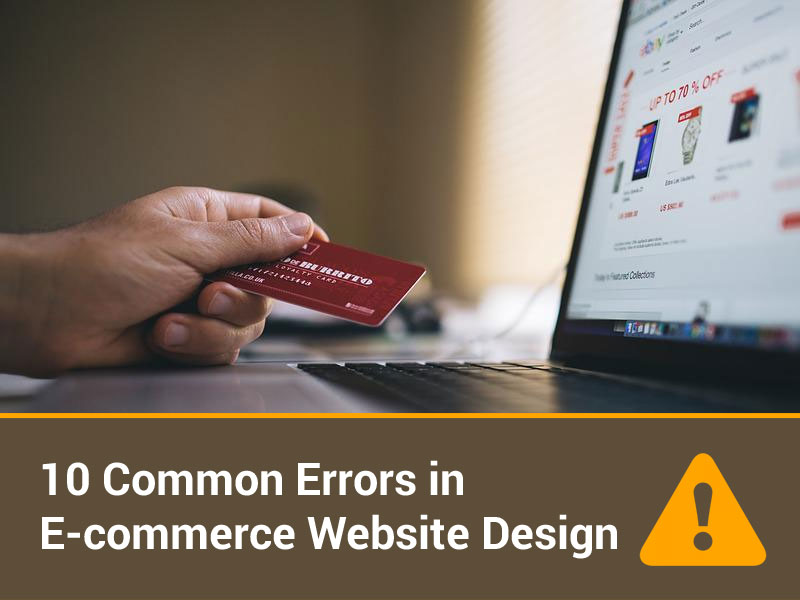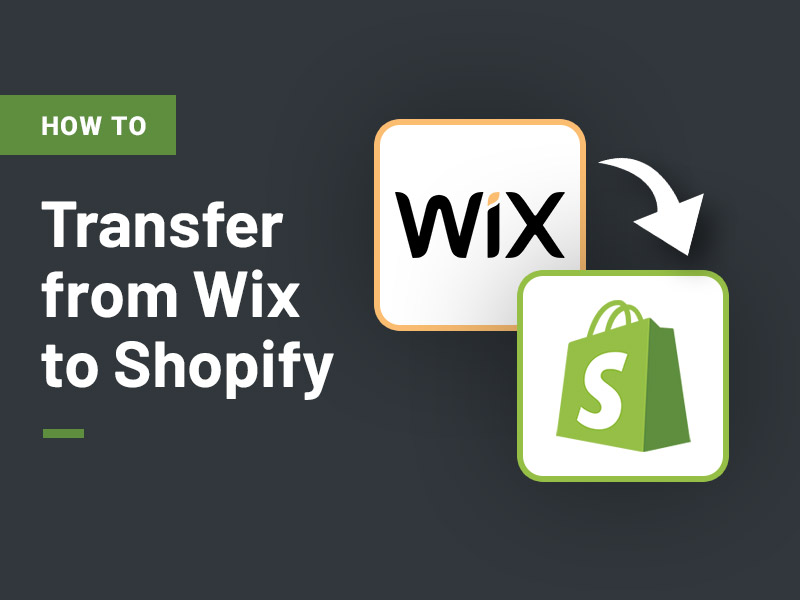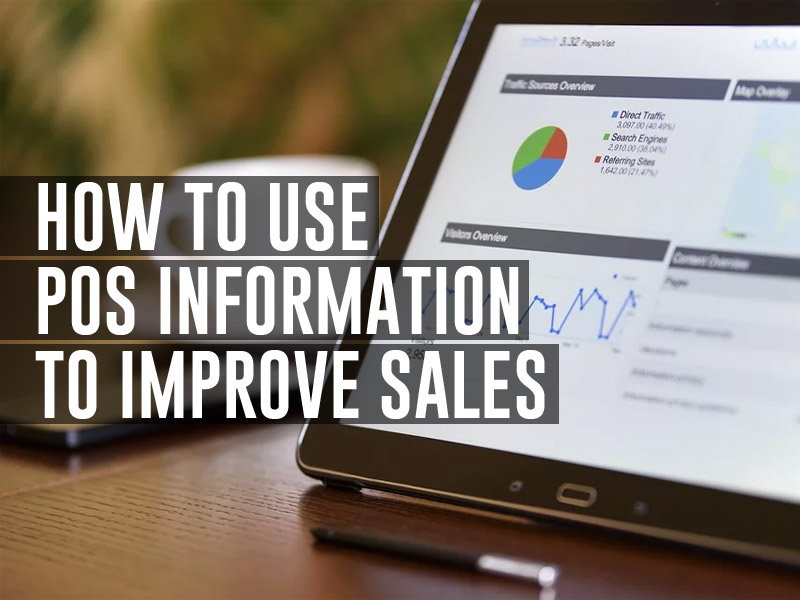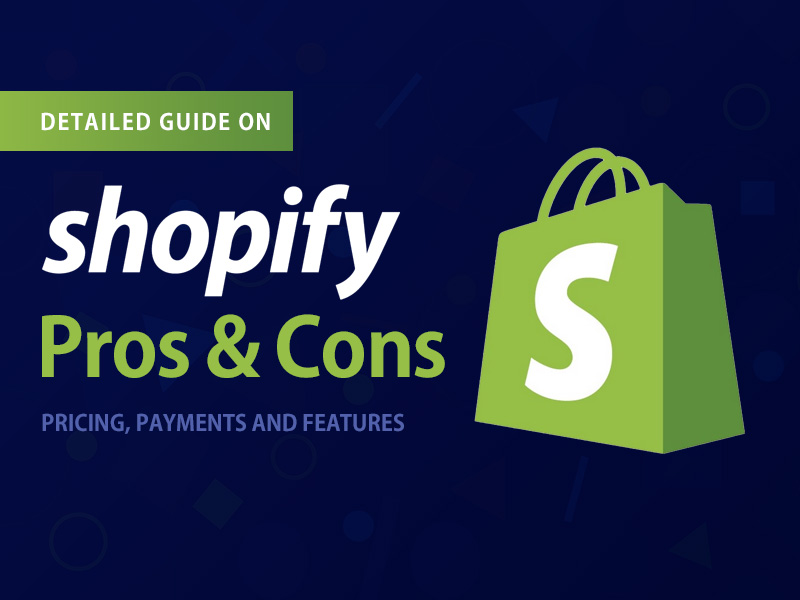In today’s rapidly changing digital landscape, launching an online store can be a lucrative and exciting venture. To ensure your e-commerce business reaches its full potential and captures the attention of prospective customers, it’s essential to follow key steps when planning, building, and promoting your online store. The following five stages will help you lay the foundation for success and navigate the process with confidence.
Step 1: Define Your Niche and Target Audience
Finding the right niche and understanding your target audience is crucial for the long-term sustainability of your online store. By focusing on a specific market segment and addressing their unique needs and preferences, you can reduce competition and increase the chances of customer retention and loyalty.
Consider these factors when choosing your niche:
- What products or services are you passionate about selling?
- Is there sufficient demand in the chosen market segment?
- How intense is the competition in your selected niche?
- Can you identify opportunities for improvement or differentiation compared to other players in the same niche?
Getting a clear picture of your target audience will also help tailor your marketing messages, ensuring they resonate with your potential buyers and increase conversion rates.
Step 2: Select the Right E-commerce Platform
With numerous available options, selecting the best-suited e-commerce platform to power your online store is critical. Your chosen solution should offer the vital features and functionality necessary to build, manage, and grow your online business effectively.
Weigh up the following factors when comparing different platforms:
- Security features and data protection measures
- Customization options for branding and design
- Scalability to accommodate your store’s growth
- Integration capabilities with essential tools
- Pricing structure and transaction fees
Researching various platforms, reading reviews, and leveraging available trial periods can provide valuable insights into the most suitable e-commerce solution for your needs.
Step 3: Craft a User-Friendly Website Design
A visually appealing and easy-to-navigate website is vital in capturing visitors’ attention and driving sales. Effective online store design encapsulates responsive mobile layouts, simple navigation menus, and a streamlined checkout process that minimizes friction points.
Key elements of a user-friendly website design include:
- Clear call-to-action (CTA) buttons: Guide users towards their desired outcome by using prominent CTAs, be it making a purchase, signing up for a newsletter or creating an account.
- High-quality visuals: Showcase your products with high-resolution images and engaging graphics. Investing in professional photography and eye-catching visual assets can enhance your store’s appearance and credibility.
- Effective product filtering and search functionality: Allow shoppers to quickly find their desired items and assess available options. Implementing filtering options based on size, color, or price enhances browsing efficiency and improves overall user experience.
- Comprehensive product descriptions: Provide prospective buyers with thorough information about your products’ features, benefits, and specifications to support their decision-making process and reduce the likelihood of returns.
Mapping out your customer journey and regularly testing user interaction across different devices will ensure your website design remains functional and attractive.
Step 4: Set Up a Secure Payment System
In light of increasing online fraud and data breaches, ensuring the security of your customers’ sensitive information is vital. Choosing a reliable payment gateway that incorporates advanced encryption technology and stringent verification measures can foster trust and confidence in your online store.
Before implementing a payment system, consider these aspects:
- The reputation and credibility of the chosen payment gateway provider
- Integration with major credit card providers and popular payment methods
- Fraud detection and prevention capabilities
- Transaction fees and monthly costs associated with the gateway usage
Including multiple payment options, such as PayPal, Google Pay, or Apple Pay, can cater to a broader audience base and improve conversion rates.
Step 5: Determine Shipping and Fulfillment Strategy
Developing an efficient shipping and fulfillment strategy can significantly impact customer satisfaction and retention. Assess multiple factors like delivery times, shipping costs, and carrier reliability when crafting your approach. Offering affordable and fast shipping options without compromising your profit margins or product quality is paramount.
Additionally, make sure to have a clear shipping policy explaining important aspects like order processing timeframes, domestic and international shipping options, and estimated delivery dates. Transparency in your shipping process fosters trust and helps manage buyer expectations effectively.
The crucial role of parcel insurance
Protecting your shipments through parcel insurance is vital for mitigating potential losses due to theft, damage, or mishandling during transport. Investing in comprehensive coverage offers peace of mind and can reflect positively on your brand. Ensuring you’re adequately protected against shipment-related risks allows you to concentrate on other areas of your online store management and growth.
Launch your online store with a firm footing by understanding your target audience, choosing the right e-commerce platform, designing an attractive user-friendly website, securing a trustworthy payment system, and devising an optimized shipping strategy. With these five essential steps in place, you’re ready to start exploring marketing and promotion opportunities that will drive traffic, sales, and long-term success for your e-commerce venture.







